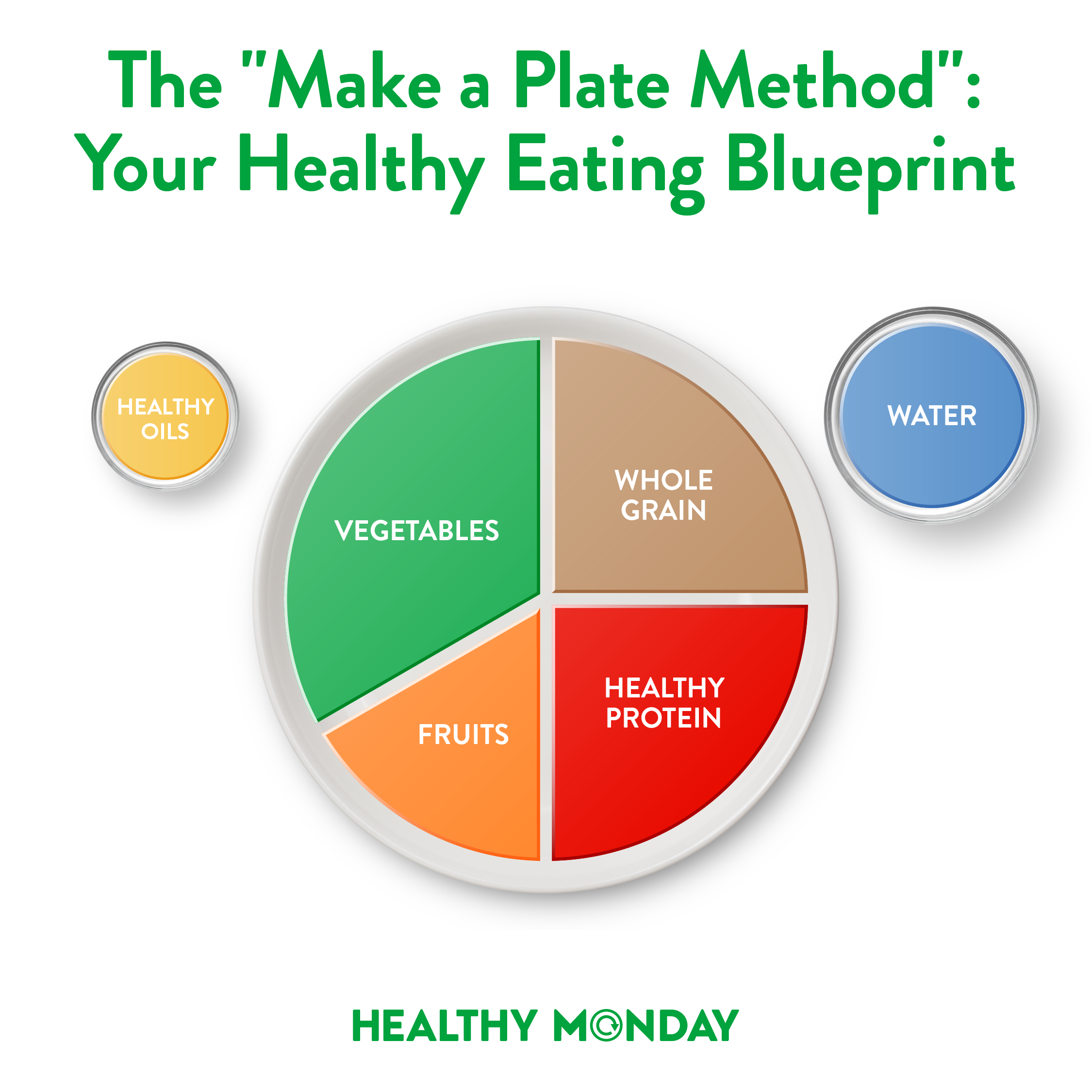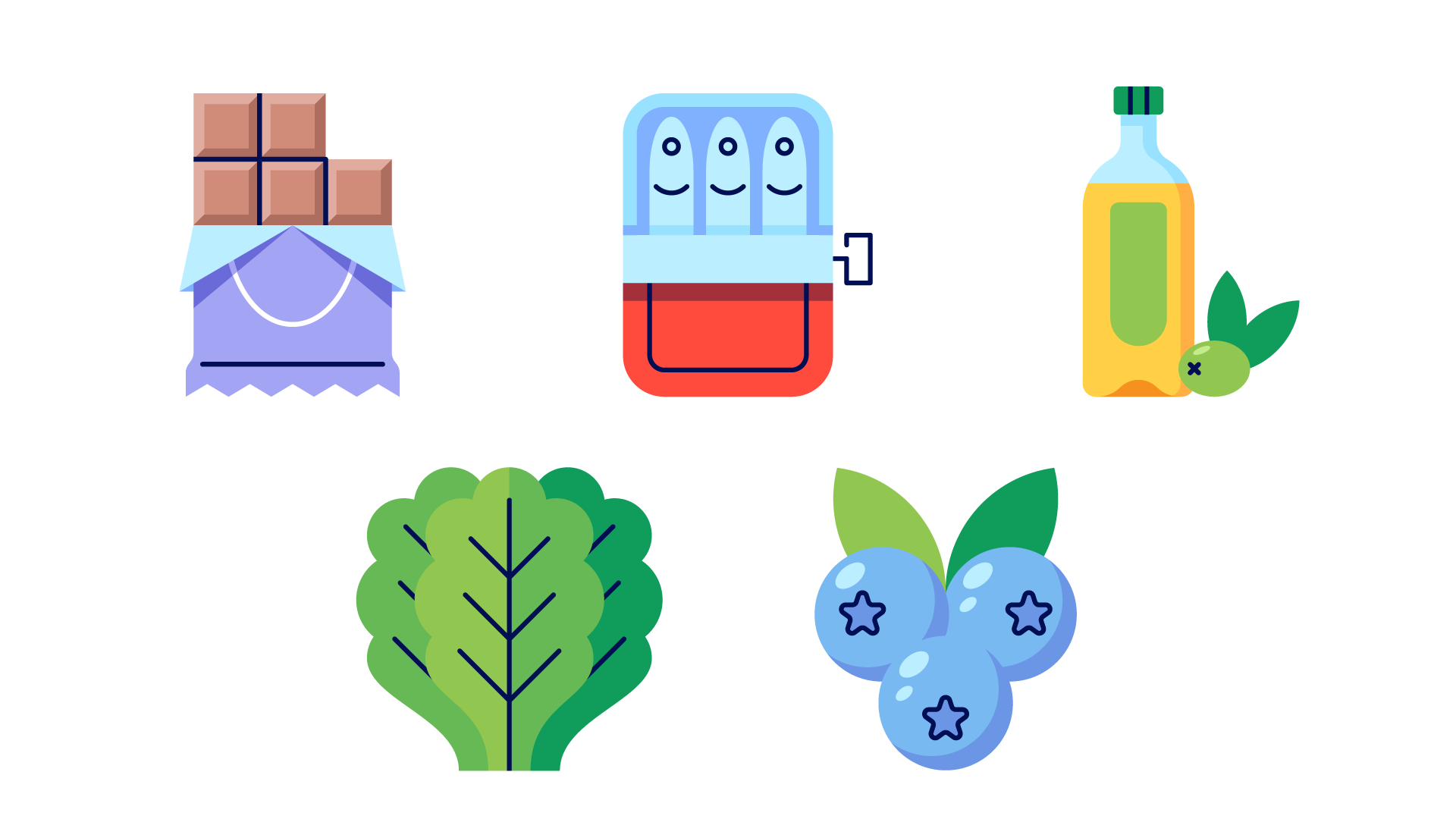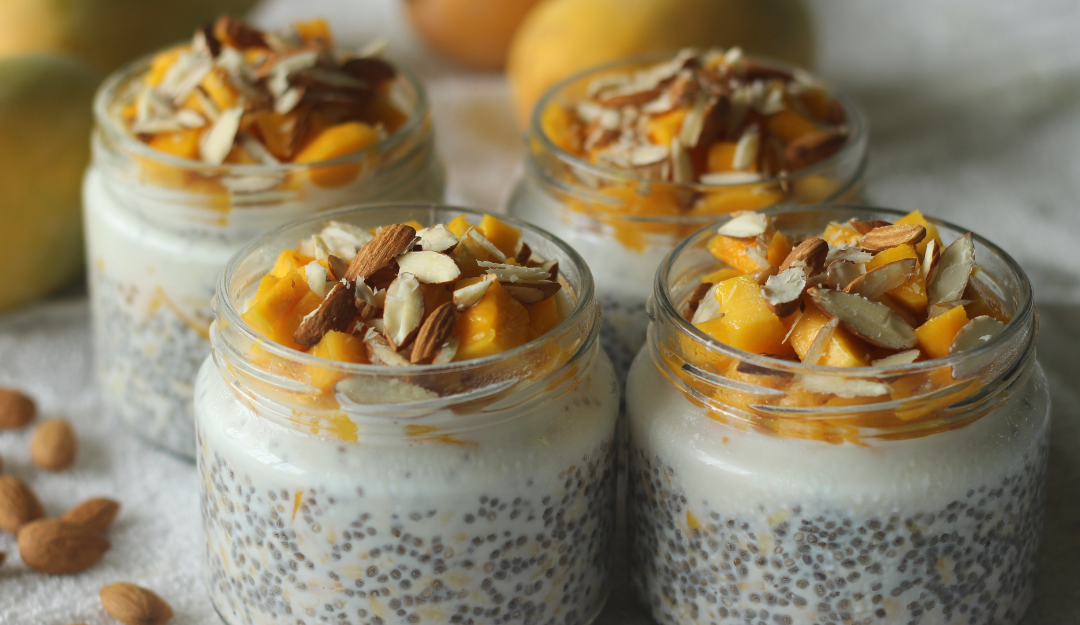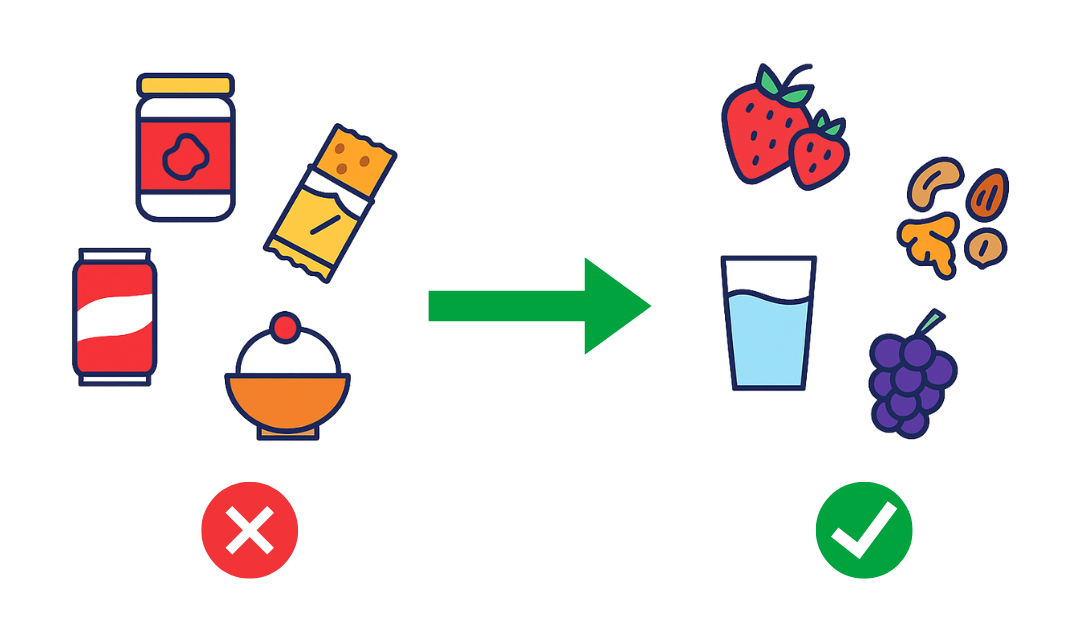The “Make a Plate” Method for Healthy Eating
A balanced diet is the cornerstone of good health, but knowing what a “balanced diet” looks like isn’t always so obvious. The “Make a Plate” method is inspired by the USDA’s MyPlate food guide and Harvard’s Healthy Eating Plate and is designed to ensure an individual gets the proper amounts of each food group with every meal. This reduces the need for calorie counting, dieting, etc. and grants you the freedom and flexibility to enjoy a wider range of foods and ingredients, as long as you follow the diagram and pack your plate (or bowl) with equal parts fruits, vegetables, whole grains, and proteins. Keeping these food groups in mind when grocery shopping can help guarantee that your refrigerator, freezer, and pantry have all the ingredients necessary for a balanced meal.
How to Assemble the Perfect Plate
Fruit (¼ of your plate)
Fruits are typically low in calories and fat, absent of cholesterol, and a good source of fiber and other beneficial nutrients.When shopping for fruits, stick with ones that are whole or minimally processed and avoid canned fruits, which often contain added sugars. Blueberries, blackberries, and strawberries don’t require much prep work and can be tossed into bowls of cereal, yogurt, and smoothies. Apples, pears, bananas, and oranges are easily transportable, making them good snacks to bring on-the-go. Avocados or even sliced mango can be a nice addition to your lunch or dinner plate.
Vegetables (¼ of your plate)
Vegetables come in a limitless variety of shapes, sizes, and colors. Carrots, fennel, or bell peppers, become nice and sweet when roasted; others, like celery or cucumbers, are refreshing when sliced raw and are great for dipping. The easiest way to add more veggies to your plate is with a salad. Start with a base of lettuce, spinach, or arugula, and toss in some nuts or seeds, shredded cheese, cherry tomatoes, chickpeas, or dried fruit and top with your favorite dressing or just a mixture of olive oil and vinegar. Try roasting a big batch of vegetables at the beginning of the week so that you always have some readily available.
Whole Grains (¼ of your plate)
Whole grains are less processed than refined grains like white flour and white rice. As a result, whole grains are typically excellent sources of fiber, B vitamins, minerals, antioxidants, and phytochemicals. Some popular examples of whole grains are brown rice, wild rice, quinoa, farro, amaranth, barley, millet, and steel-cut oats. You can treat whole grains the same way you would any other grain or cereal. Try cooking your grains in a flavorful broth or stock, adding some to a soup or stew, or giving them to a pan for a quick stir-fry. Whole grains are also great for absorbing yummy sauces, curries, or chili. If having a sandwich, wrap, or pasta, opt for a whole-grain variety if available.
Proteins (¼ of your plate)
The protein food group includes eggs, beans, dairy, seafood, meat, nuts, seeds, and soy products. Eating a variety of these ingredients helps build muscle, satisfy appetite, boost metabolism, and strengthen bones, but plant-based proteins should be prioritized over meat and seafood when possible. A black bean burger, vegetarian chili, tofu nuggets, and lentil-mushroom meatballs are all examples of protein-rich meals that can be paired with other fruits, vegetables, and whole grains to form a well-balanced plate. And similar to fruits, vegetables, and grains, the less processed, the better. Try to avoid products that are fried, breaded, or swimming in sauce and go for options that are dried, canned, fresh, or frozen.
Healthy Fats
When cooking at home, try incorporating healthy fats into your recipes and meals. Avoid using too much butter, mayonnaise, margarine, and heavy cream, and substitute ingredients like yogurt, avocado, or olive oil.
Water
Water should be the drink of choice for every meal. Seltzer or unsweetened teas are other suitable options. Avoid sugary beverages like sodas, sweetened teas, fruit juice, or diet beverages. Drinking water is associated with a number of health benefits, from aiding in digestion to preventing constipation to stabilizing blood pressure. Add a squeeze of lemon or a splash of fruit juice to alter the taste and flavor.
A balanced plate is the key to a healthy diet. Try to include a fruit, vegetable, whole grain, and protein with every meal.



